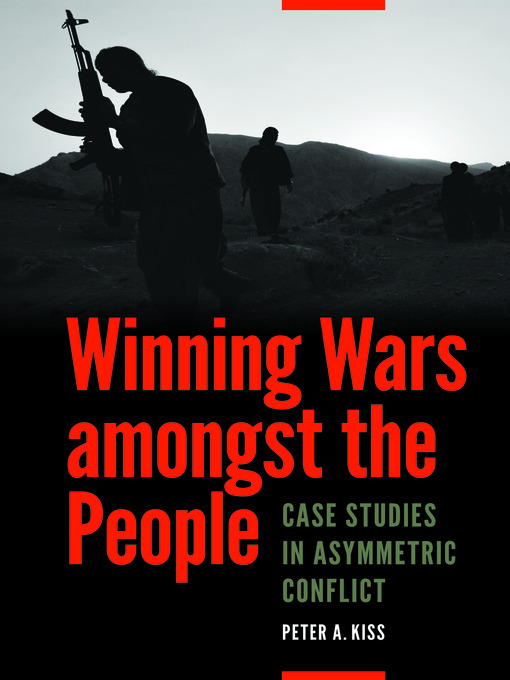Since the end of World War II a paradigm shift has occurred in armed conflict. Asymmetric, or fourth-generation warfare - the challenge of nonstate belligerents to the authority and power of the state - has become the dominant form of conflict, while interstate conventional war has become an increasingly irrelevant instrument of statecraft. In asymmetric conflicts the enemy is often a fellow citizen with a different vision for the future of the country - waging war among the people, maneuvering on the borderlines between parliamentary politics, street politics, criminal activity, and combat operations.
Winning Wars amongst the People analyzes the special circumstances of asymmetric conflicts in the domestic context and seeks to identify those principles that allow a democratic state's security forces to meet the challenge, while at the same time obey their homeland's laws, protect its culture, observe its values, and maintain its liberties, traditions, and way of life. Using five detailed case studies, Peter A. Kiss explains the fundamental differences between the paradigm of conventional warfare and that of asymmetric warfare as well as the latter's political, social, and economic roots and main characteristics. Most important, he identifies the measures a government must take to prepare its security forces and other institutions of state for an asymmetric conflict.
